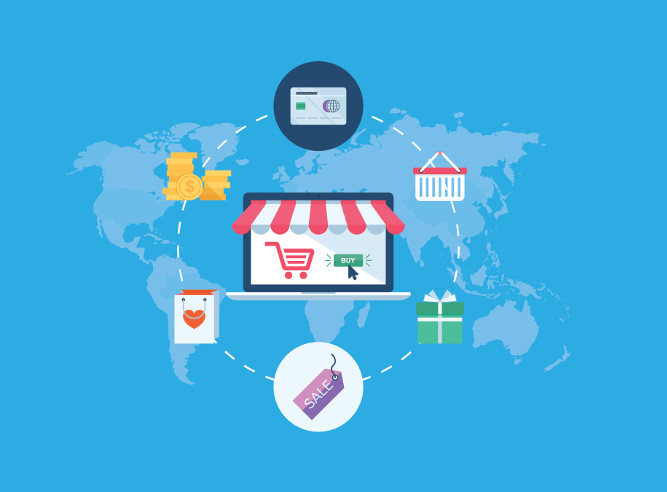
Anybody who does business online knows that the global online trade is massive – but did you know that even back in 2015 cross-border eCommerce accounted for 21% of all online trade? The figure can be traced back to twelve specific countries. These countries cumulatively account for 80% of the world’s cross-border shoppers.
Who’s Leading Cross Border eCommerce?
Commerce giants like Canada and Hong Kong make up sizable portions of that percentage. However, less-obvious contributors like Kuwait, Brazil, and Switzerland play key roles, too. Interesting, eCommerce thrives in struggling economies, so it wouldn’t be outside the realm of possibility for more small countries to begin popping up on the list.
In any case, it’s become apparent in recent years that cross-border business is becoming non-negotiable for eCommerce brands. Unsure of how to step up to the plate and start implementing a strategy for a profitable cross-border eCommerce operation? Read on to find out how you can give your company the best shot possible at success.
Savvy business professionals know that the name of the game is hunting down opportunity. You’ll have to work double-time to pinpoint the potential for profit if you want to go cross-border, though. The world is full of rich cultures – and each one has its own economy, shopping season, and consumer base chock full of opinions.
Learning how to detect patterns in markets on a global scale comes with a curve. Study the cultures you’re interested in expanding towards. If you’re serious about getting involved in a country, bring on team members from that region as soon as possible. Knowledge is power – especially if you’re trying to operate a business.
This is just good manners. If a foreign eCommerce website allowed you to make purchases from within America, wouldn’t you hope they had some customer service features or services in English?
Your foreign audience will have a much deeper appreciation for you if you’re willing to spring for multilingual customer service. Not only does it help show that you’re willing to integrate customers’ local cultures and customs into the shopping experience, but it increases your chances of bagging sales. Shoppers with unanswered questions are likely to abandon your site without spending money. Make sure your shoppers have the resources they need to complete purchases; realistically, that’ll include multilingual customer service.
The logistics of taking an eCommerce operation cross-border can be daunting. While we can’t do much about the formidable barriers to entry themselves, we can offer a highlight of common roadblocks for you to start considering. The key to overcoming challenges is identifying them; ask yourself these questions (and start brainstorming) long before launching your efforts:
Growing pains are much easier to deal with if they’re impacting something small. Just starting a business and already having hopes of taking it cross-border? Get your business up and running where you’re at, work through the traditional problems that come with the birth of a brand, and then move into foreign affairs as you grow. Already established? Don’t get ahead of yourself – make the shift slowly to ensure your transition is a smooth one.
You’ll be best served by keeping your international orders and offerings limited at first. Remember: there’s always time to expand. Once you’ve been set back by costly mistakes or you’re left playing catchup after a flub, day-to-day work becomes much harder. Keep things in perspective; go slowly, and scale as needed. Before you know it, you’ll be prepared to expand across borders and grow your business internationally.

